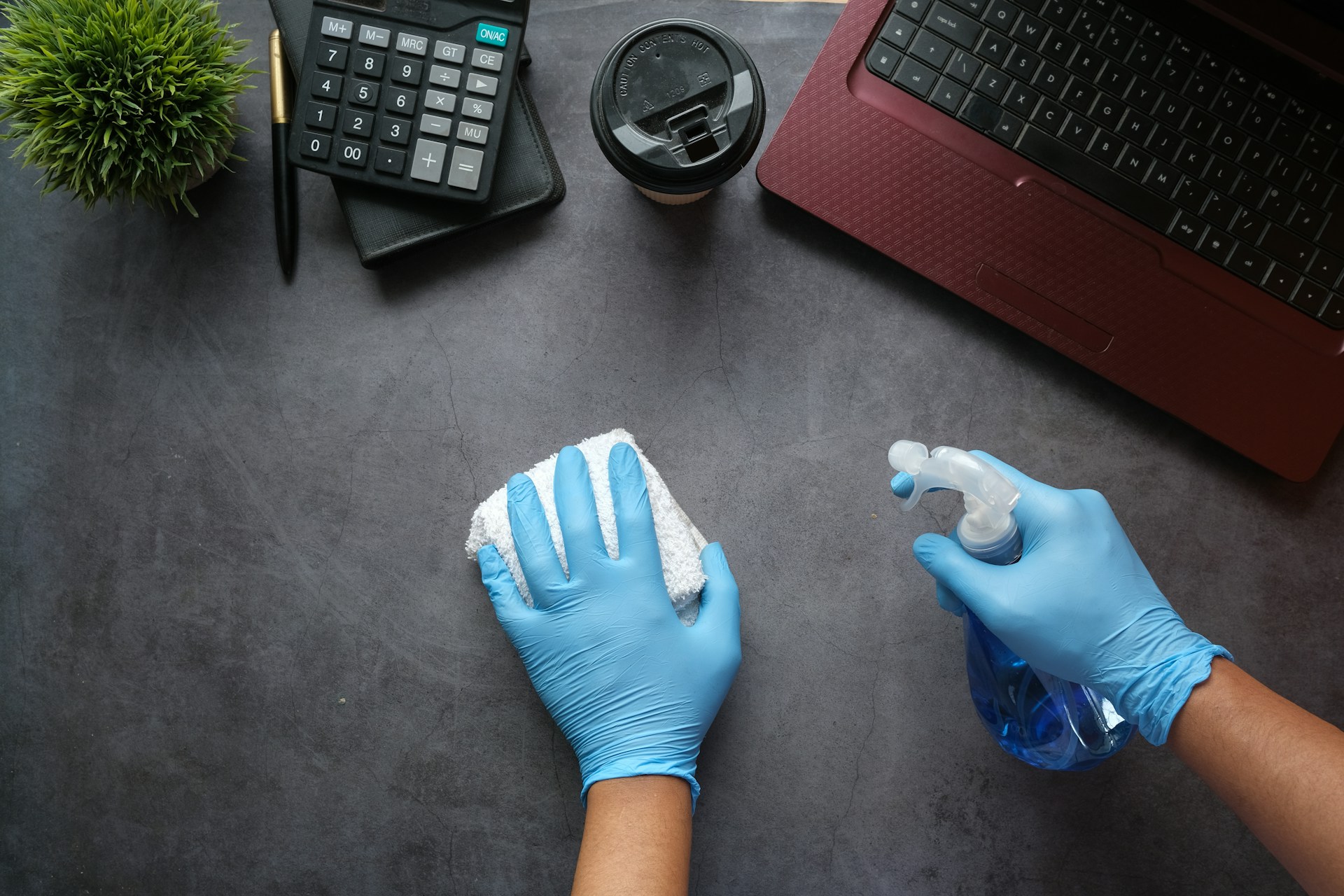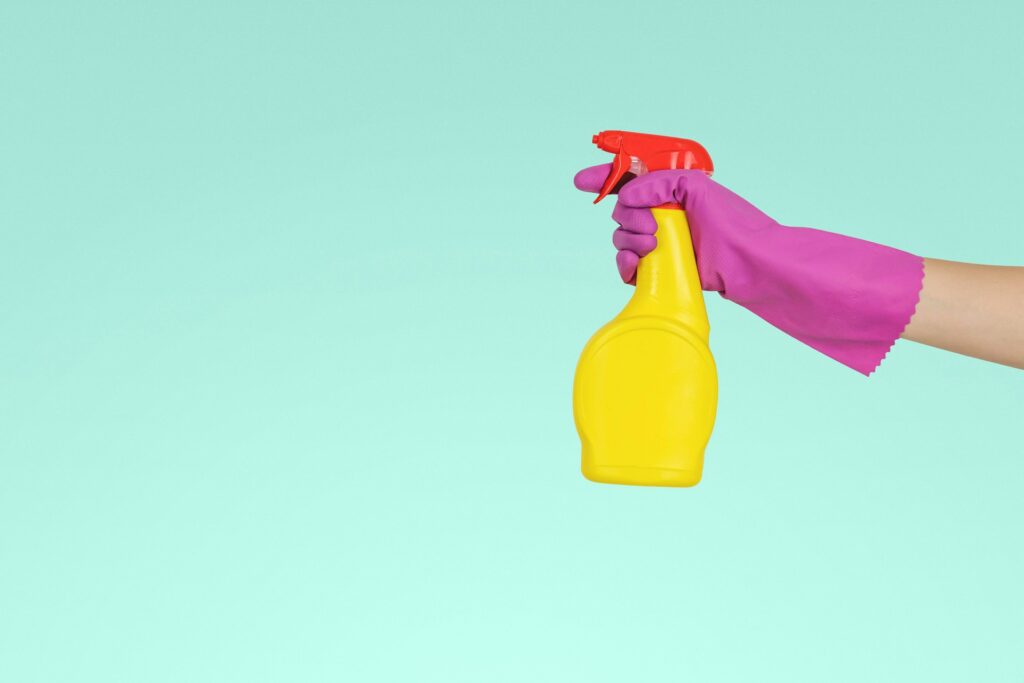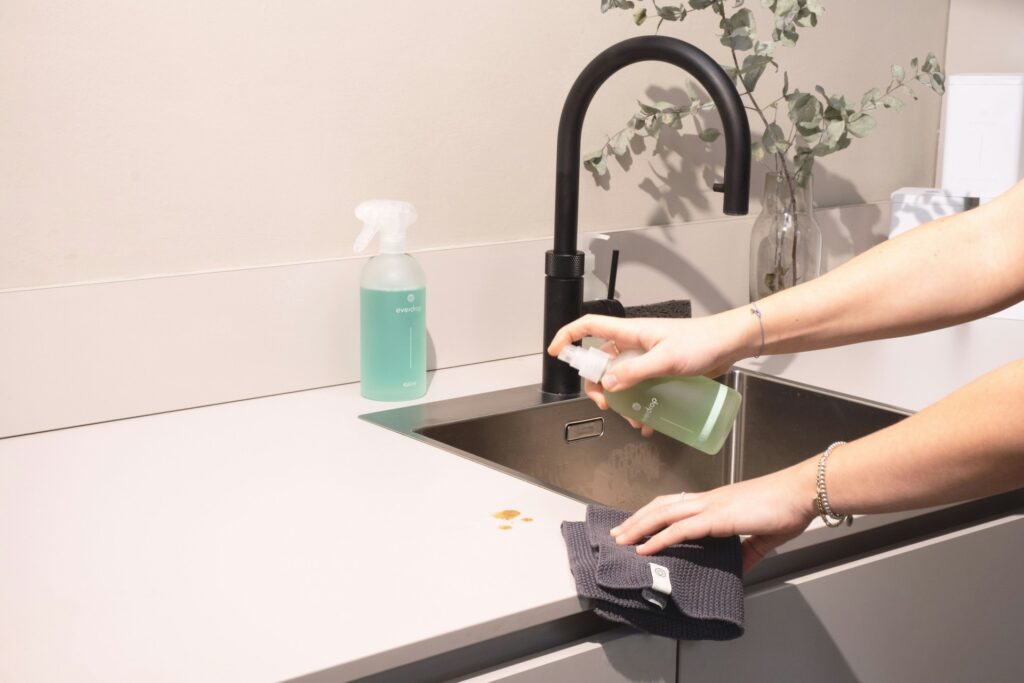
Body + Mind is reader-supported. We may earn an affiliate commission when you buy through some of the links on our site.
You’ve had a rough day. Maybe your boss sent a last-minute email, your kids turned the living room into a disaster zone or someone cut you off in traffic. You’re fuming. But instead of lashing out, you grab the vacuum, scrub the counters, and suddenly, your house has never looked better. This is rage cleaning in action.
While it may seem like a quirky habit, rage cleaning is more than just angrily wiping down the counters — it’s a real psychological response to stress and frustration. But is it truly the secret to a spotless home and a clear mind, or just a temporary distraction?
Rage cleaning is when frustration, anger or stress dries you to clean your home aggressively. It’s not a conscious decision to tidy up — it’s an impulse. Instead of yelling, crying or stewing in your emotions, you grab the nearest cleaning supplies and start scrubbing.
This can look different for everyone. Some people start furiously vacuuming when an argument upsets them, while others might reorganize their entire closet after a stressful day at work. Regardless of the trigger, the goal is the same — channel pent-up energy into something productive.
There’s a reason rage cleaning can feel incredibly satisfying, both physically and mentally.
When you’re angry or stressed, your body floods with adrenaline and noradrenaline. This is part of the “fight or flight” response — your heart beats faster, your muscles tense up and you’re filled with relentless energy. Cleaning provides an outlet for that built-up tension. The repetitive motions of scrubbing, vacuuming, polishing and dusting mimic exercise, helping you burn off excess energy and physically work through your emotions.
Unlike emotional conflicts, which can be complex and take time to resolve, cleaning offers immediate, visible results. You start with a mess, and within minutes, you see progress. This gives you a quick sense of accomplishment, which can be rewarding when life feels chaotic.

Stress and anger often stem from situations that feel out of your control — an unexpected bill, a difficult conversation or a long day where nothing went right. Cleaning, on the other hand, is something you can control, as it’s a choice. You decide what gets cleaned, how and when. This sense of control can be grounding, especially during uncertain times.
Rage cleaning can also serve as a mental escape. Instead of sitting with difficult emotions or overthinking a frustrating situation, you focus on a task that requires attention and movement. This temporary distraction can help you process emotions without becoming overwhelmed.
If you want to turn rage cleaning into a sustainable and beneficial habit, here are a few ways to make it work for you:
Give yourself a designated time frame — like 20 or 30 minutes — to clean. This prevents burnout and ensures you’re not using cleaning to completely avoid your emotions.
Before you start, jot down a few tasks you’d like to accomplish during your rage-cleaning session. Having a list is a great guideline, helping you channel your energy toward specific goals. You’ll feel more accomplished ticking things off, and it keeps you focused on tasks instead of letting your frustration derail the cleaning.
Upbeat music can turn rage cleaning into a fun and energizing experience. Alternatively, listening to a podcast can keep your mind engaged while you tidy up.
Instead of scrubbing baseboards for hours, prioritize tasks that give you the biggest sense of accomplishment — clearing cluttered countertops, sweeping up crumbs, wiping down surfaces or reorganizing closets.

Rage cleaning should help you clear your mind, but it shouldn’t be your only coping tool. Make sure you also process your emotions in healthy ways, like talking things out with a friend, going for a walk, journaling or practicing yoga.
Once you’re done, take a step back and admire your fresh, clean space. Acknowledge both the emotional release and the physical results of your efforts.
When emotions are running high, the last thing you want is to waste time figuring out where to start. The key to effective rage cleaning is choosing tasks that give you instant gratification, visible results and a sense of control. Here are the best places to begin:
Cleaning off clutter, wiping down surfaces and organizing your kitchen can provide an immediate sense of accomplishment. Plus, the physical motion of scrubbing can be a great way to release tension.
Angry? Watch toothpaste stains and water spots disappear as you scrub. A freshly cleaned mirror can also be symbolic — it reflects a calmer, more in-control version of yourself by the time you’re done.
Vacuuming or mopping requires movement and focus, making it a perfect rage-cleaning task. Plus, seeing dust and dirt vanish gives a quick mood boost.
These are the spaces you see the most, so tidying them up can make your whole home feel fresher. Toss shoes in their place, fluff up the couch pillows and wipe down surfaces for an instant reset.
Throwing dirty clothes into the washing machine gives you something productive to do without too much effort. Plus, folding fresh, warm laundry afterward helps you wind down.
Tackling a messy drawer, countertop, dining table or coffee table is a great way to channel frustration into something small yet impactful. Cluttered spaces can be a major source of anxiety and decluttering helps clear your mental space, too.

Making the med or changing the sheets can be surprisingly therapeutic. It creates order in your personal space and gives you a cozy, clean retreat when you’re ready to relax.
Start with the easiest, most satisfying task first, then move on if you have more energy. Don’t stress about perfection — rafe cleaning is all about progress, not perfection.
Rage cleaning can be a surprisingly effective way to process emotions while keeping your home in top shape. As long as it’s not your only stress outlet, there’s nothing wrong with channeling frustration into a productive, satisfying deep clean.
Your email address will only be used to send you our newsletter, and at any time you may unsubscribe. For more information, see our Privacy Policy.